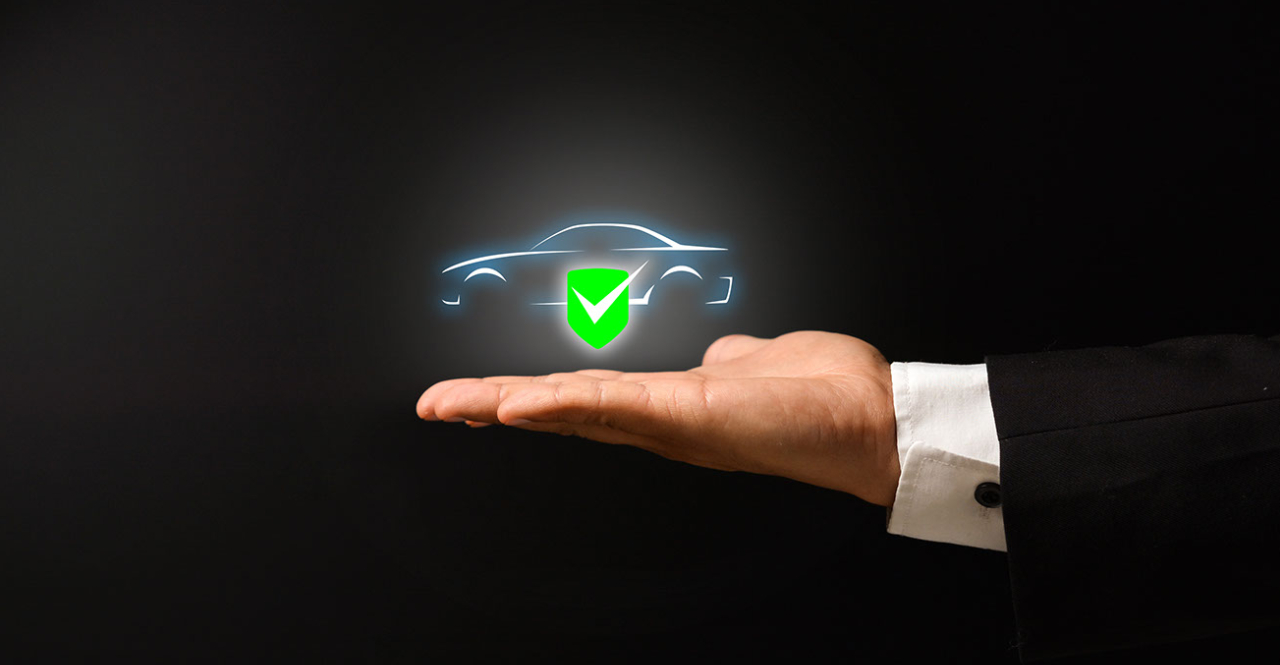This blog is about reliability test standards for automotive semiconductor products.
One day, Rookie D, in her second year at the company, came to Senpai* C, a senior veteran, with a worried look on her face. ......
*Senpai: A Japanese-style title to show respect to those older than oneself, especially used in organizations such as companies, schools, etc. It sometimes implies that the psychological relation between the two is closer than that between a boss and a subordinate.
*Click here to read the previous blogs in the "Help Me, Senpai! series":
Vol. 1 IoT for Energy Harvesting: Solar Panel Can’t Drive System till Morning…
Vol. 2 Stop Sleeping Mobile Device from Consuming Battery Charge!
Vol. 3 Backup Switchover Circuit Is Not Easy.
Help Me, Senpai! Series Vol. 4
What is AEC-Q100?
 Rookie D
Rookie D
Senpai, what is AEC-Q100?
![]() Senpai C
Senpai C
What's wrong with you?
 Rookie D
Rookie D
One of the datasheets mentions "AEC-Q100." I've searched the Internet and haven't found a good explanation.
![]() Senpai C
Senpai C
Oh, that's it. AEC-Q100 is a standard established by the Automotive Electronics Council, an organization that sets standards for automotive components, to determine that a certain level of quality and reliability can be expected when using integrated circuits (ICs). If a product meets this standard, it can be said to be AEC-Q100 qualified.
 Rookie D
Rookie D
Yes, I understand that much, but I don't understand ......, just what the standard is.
There are also AEC-Q101 and AEC-Q200!
![]() Senpai C
Senpai C
Woo. Indeed. There are English-language standards and detailed materials provided by semiconductor manufacturers, but they are aimed at specialists, so it would be difficult for us. For semiconductor components, AEC-Q100 is basically applied, and its title is “Failure Mechanism Based Stress Test Qualification for Integrated Circuits in Automotive Application,” which is a standard for IC evaluation and testing. There are several standards. AEC-Q101 for discrete semiconductors such as transistors and diodes, AEC-Q102 for optical semiconductors, AEC-Q103 for MEMS (Micro Electro Mechanical Systems), AEC-Q104 for MCM (Multi Chip Modules), and AEC-Q200 for passive components such as resistors and capacitors.

 Rookie D
Rookie D
I see, so it is a standard for IC evaluation and testing. Is it different from the standards set by JEITA (formerly EIAJ) in Japan or JEDEC in the U.S.?
![]() Senpai C
Senpai C
It's basically the same kind of standard, but as the name “Automotive” implies, it's specifically for automotive components. In AEC-Q100, the JEDEC standard number is referenced in certain test method sections.
Older cars did not have many electrical components, but today's cars use so many that they are almost like a mass of electrical components. Cars are used in cold to hot temperatures and they also vibrate, so the environment in which they are used is harsher than that of ordinary consumer products. However, there was a slight difference between requests of car manufacturer A and that of car manufacturer B, so they decided to standardize them. The JEDEC standard is standardized by a group of semiconductor and electronic component manufacturers, but the AEC-Q100 standard is standardized by a group of car manufacturers and semiconductor and electronic component manufacturers based on the JEDEC standard.
 Rookie D
Rookie D
I see. So, in short, you can't claim AEC-Q100 qualification without passing tough tests for automotive components.
What are the tests themselves?
What is the AEC-Q100 Reliability Test? (Outgoing Inspection and Reliability Tests)
![]() Senpai C
Senpai C
Semiconductors and electronic components that pass several tests are shipped, right? Do you know what reliability tests are?
 Rookie D
Rookie D
Do you mean that the outgoing inspection checks for proper operation and the reliability test is a lifetime test?
![]() Senpai C
Senpai C
Hmmm. Well, yes. Reliability testing is about making sure that the life of the product is as expected.
 Rookie D
Rookie D
How long is the product expected to last?
![]() Senpai C
Senpai C
In principle, automotive products must be used for at least 15 years, as specified in AEC-Q100.
 Rookie D
Rookie D
Well, cars are replaced every three or five years, right?
![]() Senpai C
Senpai C
Eh! We've been riding ours for over 10 years. ......
 Rookie D
Rookie D
That's not what I meant; I don't have a car actually. ......
![]() Senpai C
Senpai C
....... Well, 15 years is the actual useful life of the car.
Cars do not run 24 hours a day, morning to night, do they? Even in a taxi, it can work about 8 hours a day. Our family only drives on weekends, so that's about 2 hours a week (cries). The AEC-Q100 assumes that cars are used for more than 15 years and that the average temperature of the Tj is 87°C and their operating time is 12,000 hours. The equivalent acceleration conditions for this would be a test at 125°C for 1,000 hours or even longer in some cases.
* In fact, commercial cars are not likely to be covered by the test conditions of AEC-Q100 due to their heavy use. However, it appears that safety is assured by car manufacturers modifying their own specifications and by transportation companies performing their own periodic inspections and parts replacements.
 Rookie D
Rookie D
Let's see, a reliability test of 1,000 hours or so means it must be a used product, right?
![]() Senpai C
Senpai C
That's right. Of course, the electrical and visual inspection of products shipped is guaranteed by a 100% inspection, but for the 1,000-hour reliability test, a statistically significant number of samples are selected for inspection rather than a 100% inspection. It's hard to know how many of them to take. So, the AEC-Q100 defines the number of samples to be tested, such as 77 or 45 samples per test. We need three lots for a test.
 Rookie D
Rookie D
That sounds like a tough test. One lot requires 1,000 hours, so three lots would require 3,000 hours. ...... That's more than four months of work using simple math. Can you be a little more specific?
![]() Senpai C
Senpai C
Hmmm...let's take a look at the test flow diagram in the AEC-Q100 document. It is on page 9.
Do you see “Test” written everywhere? “TEST GROUP” refers to the inspection flow of each evaluation and test item. And @Room means room temperature, @Hot means high temperature, and @Cold means low temperature, which are the inspection temperature conditions.
For example, PC stands for preconditioning, which is a pre-treatment that simulates the stresses of the actual assembly process. THB stands for temperature humidity bias, which means a life under high temperature, high humidity, and high voltage. In reality, the temperature and humidity are specified at 85°C and 85%, respectively.
 Rookie D
Rookie D
It's incredibly complicated. I don't know what it is, but do I just do the appropriate group test?
![]() Senpai C
Senpai C
No, you have to do almost all the tests. For example, “Test Group A” is an accelerated environmental stress test, “Test Group B” is an accelerated product life simulation test, “Test Group C” is a packaging integrity test, ......, for most products, these items must be done.
 Rookie D
Rookie D
Eh! All of them? ....... That's a lot of work.
![]() Senpai C
Senpai C
This means that AEC-Q100 qualification is more than just stated.
 Rookie D
Rookie D
Huh.
Grade?
 Rookie D
Rookie D
There's also a “Grade” on the AEC-Q100. What is this?
![]() Senpai C
Senpai C
The grade is a specification of the temperature range in which the product will actually be used.
The temperature range for Grade 0 products is -40°C to 150°C, -40°C to 125°C for Grade 1 products, -40°C to 105°C for Grade 2 products, and -40°C to 85°C for Grade 3 products.

 Rookie D
Rookie D
I see, this is the same as the operating ambient temperature range. This is the same as the specified value indicated for each product.
![]() Senpai C
Senpai C
That's right. It does not make sense to use Grade 2 (-40°C to 105°C) test condition for a product with an operating ambient temperature range of -40°C to 85°C. Therefore, the grade is often omitted from the description.
 Rookie D
Rookie D
I understand very well. Thank you very much.
Click here to learn more about Nisshinbo Micro Devices' automotive products.
Click here to learn more about Nisshinbo Micro Devices' “Quality and Reliability.”
Afterword
This is the fourth in a series of introductory blogs on how our products can help you.
If you have any questions about this article, please contact us here.







Comment